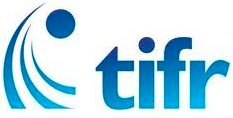Most distant cosmological burst GRB 090423
|
On 2009 April 23 the Swift-BAT discovered GRB 090423. The burst lasted about 10 seconds and was located in the direction of the constellation Leo. Swift localized the field in which GRB 090423 occurred, and 77 seconds after the burst, the Swift UVOT Photometric System took a 150 second exposure of the field, but was unable to detect an optical or ultraviolet afterglow. In ground-based follow-up observations, no optical counterpart was found but a fading afterglow was detected by several groups at wavelengths longward of J band (1.2 micrometer). Based on both broadband photometry and near-infrared (NIR) spectroscopy, the sharp optical/NIR drop-off was argued to be due to the Lyman-alpha absorption in the intergalactic medium, consistent with a redshift with a best-fit value of z=8.26. The high redshift of GRB 090423 makes it the most distant observed GRB as well as the most distant object of any kind other than the cosmic microwave background. This event occurred approximately 630 million years after the big bang, confirming that massive stellar formation occurred in the very early universe. |
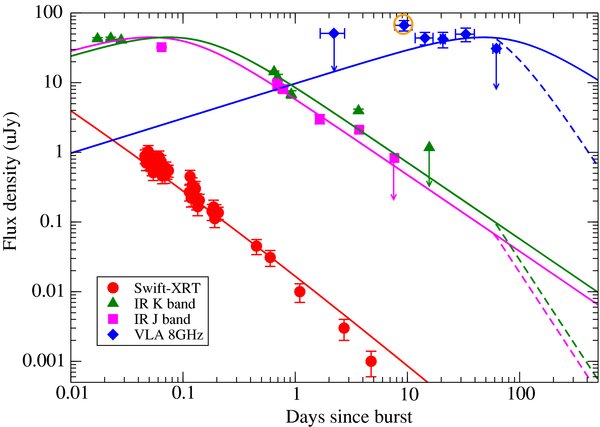
|
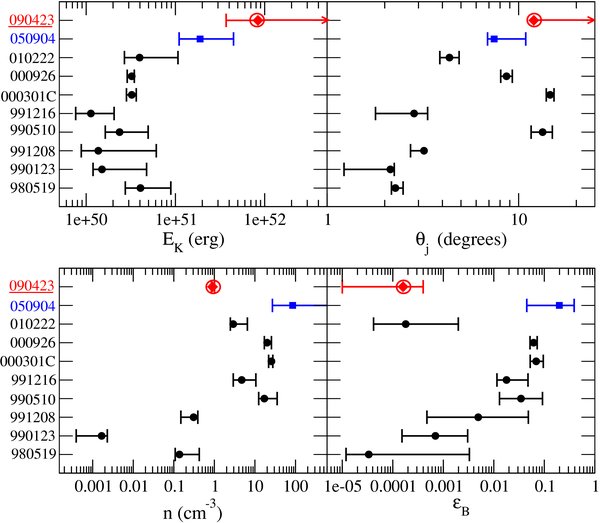
|
We discovered the radio emission from the GRB 090423 in our VLA observations. Based on redshift, we tried to analyse if the progenitor of the GRB could be a Pop III star. We do not find that the individual properties of GRB 090423 are sufficiently dissimilar to other GRBs to warrant identifying it as anything other than a normal GRB. We also found that the GRB 090423 afterglow indicates the possible signature of reverse shock emission in the radio, in VLA, and PdBI data. We also did not see any signature of jet break in the GRB upto day 45. But we do not have sensitivity to distinguish between the isotropic versus jet model. With its enhanced sensitivity the EVLA is the perfect instrument for such studies. For a 2 hr integration in the 8 GHz band, the EVLA can reach sensitivity up to 2.3 microJy which will be able to detect the GRB 090423 for 2 years or 6 months if the burst is isotropic or jet-like, respectively. EVLA is thus able to detect fainter events and follow events like GRB 050904 and GRB 090423 for a longer duration, therefore obtaining better density measurements, better estimates of outflow geometry, and the total kinetic energy. |
Click in boxes below to see some highlights of our research work.
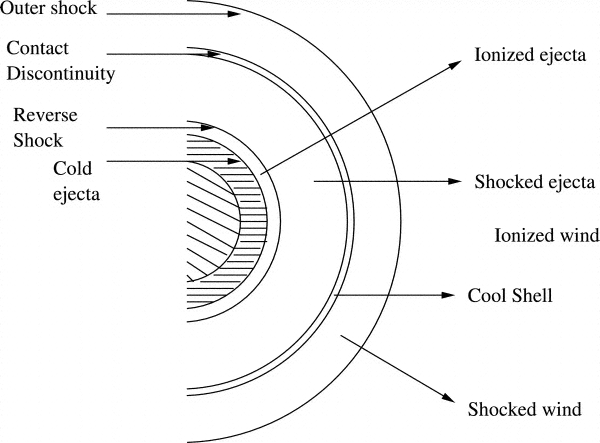
Type IIn supernovae are the most mysterious class of supernovae. Their progenitor stars are a big mystery....
Detail
While reverse shocks are seen in one every 24 optical afterglows of gamma ray bursts, they are much more prevalent in radio afterglows...
Detail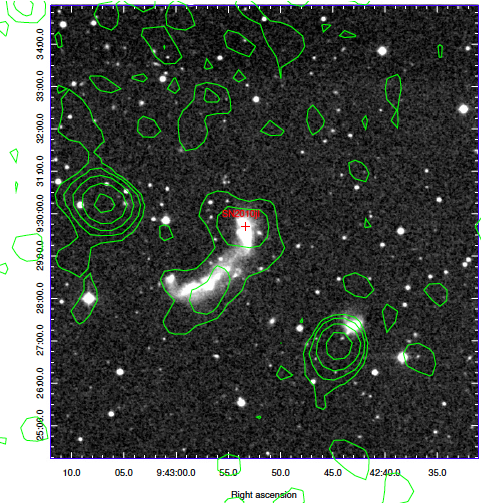
SN 2010jl have revealed a spectacular evolution of the column density from X-ray observations....
Detail
We have studied a catalog of radio afterglow observations of GRBs over a 14 year period from 1997 to 2011...
Detail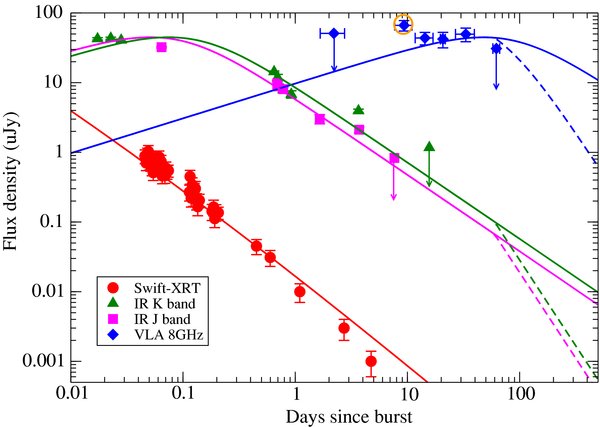
Radio detection of a redshift 8.3 GRB 090423 have revealed the environments of the Universe at such high redshift epochs...
Detail
Inverse Compton scattering can solve the famous mystery of lack of achromatic jet breaks in a subsample of Swift bursts....
Detail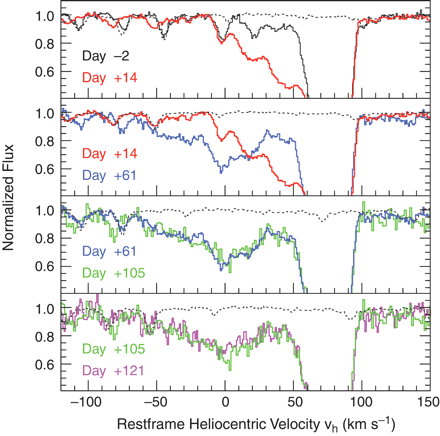
First time spectroscopic evidence of circumstellar matter has been seen in a thermonuclear supernova...
Detail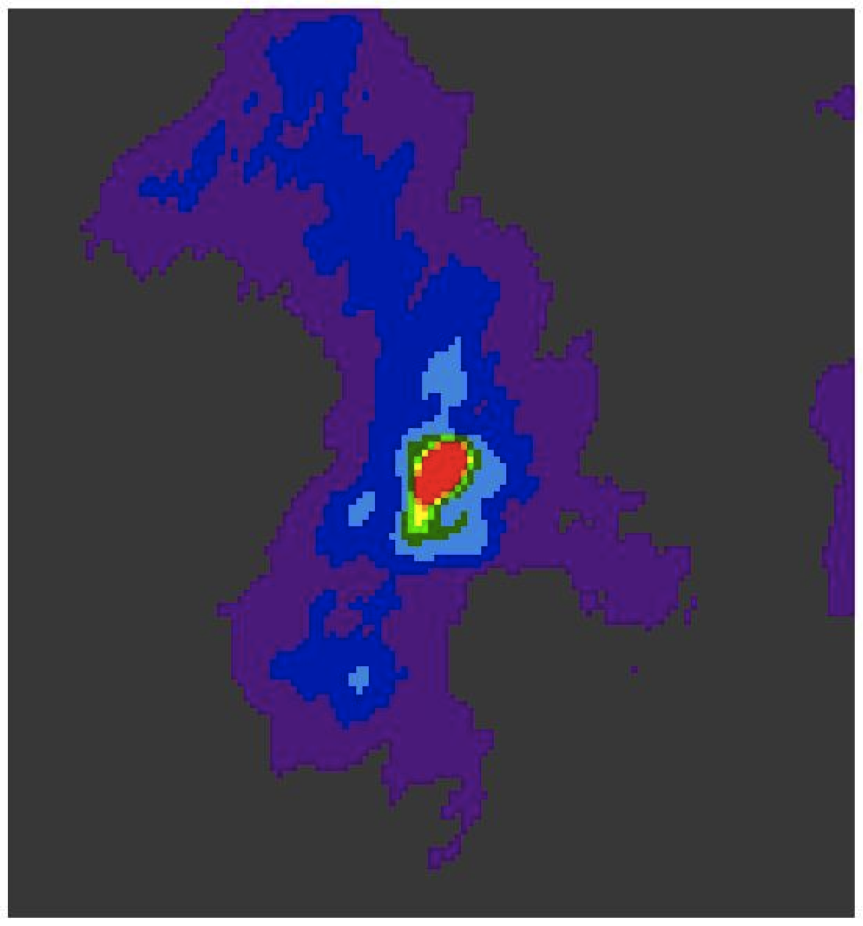
Lowest frequency radio emission at 125 cm has been seen in this most violent Galactic explosion .....
Detail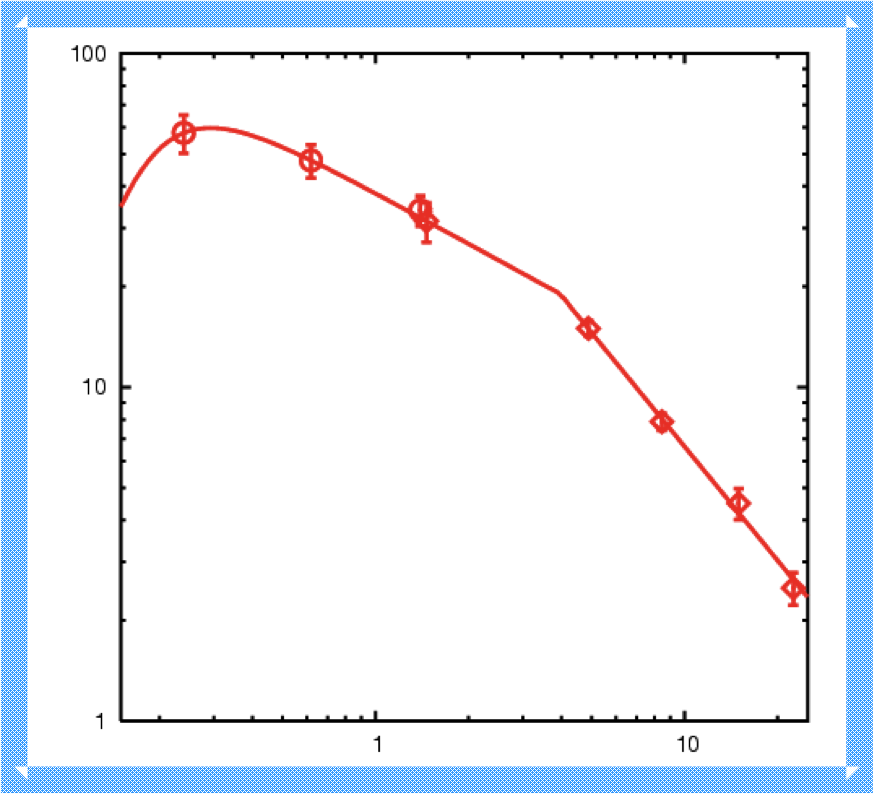
First time direct signature of synchrotron aging was seen in VLA and GMRT observations of SN 1993J.
Detail
